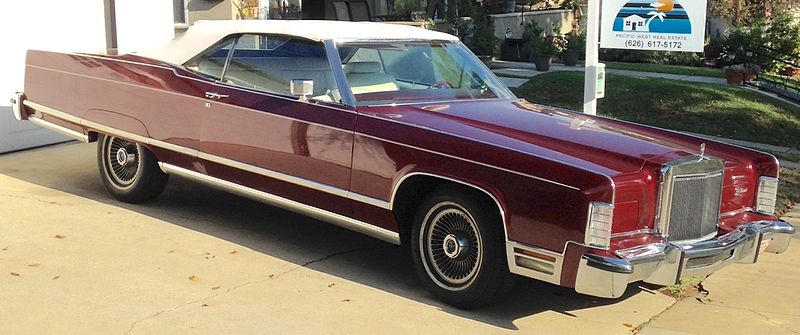
We’ve all faced frustrating and seemingly incomprehensible vehicle problems at some points in our lives, whether as a driver or a passenger. For example, the notorious “check engine” light has been making a lot of people confused for a while. When you see it, you know something isn’t right, yet knowing it is exactly is far from an easy job for a non-expert. There is no need to panic as you frantically try everything you’ve seen people do when a car breaks down.
Fortunately, vehicles equipped with OBD-II can make your life much easier. A problem that could force you to trail your car to the nearest mechanic can be fixed by interpreting OBD codes. We’ll be giving you a brief guide on the nature of OBD codes and how you can utilize them.
How OBD-II Works?
OBD is short for on-board diagnostics and it implies the potential of a car to be able to diagnose an ongoing issue and report it. There are two generations of OBD; I and II. Regulations have been put into place in 1991 in California that required all new vehicles sold to be equipped with OBD, making it the first step towards OBD’s widespread usage. 5 years later, OBD-II protocols and regulations became the standard. These computer diagnostic systems can save you a lot of trouble which includes using many complicated tools to identify issues with your car. Modern cars use computers with accurate sensors to run processes like fuel injection, ignition, automatic transmission, and many others. Once the sensors detect an odd value it uses OBD to report it to the driver as a code.
Code Readers
Code readers are known to be quite cheap as they won’t cut through your budget heavily. They may be less evolved than OBD scan tools, but they can do the job if you have enough experience and knowledge to deal with the codes received. It can be easily installed into the car’s system to provide diagnostic trouble codes (DTC). Codes are quite variable and a look at obd2pros.com/dtc-codes/ can help you decipher most of the codes you see on your reader. OBD readers may be limited in the department of accessing some types of information and incompatible with some specific manufacturer code.
Scan Tools
These tools are considered the latest version of their reader counterparts as they can provide a lot more information. While they are expensive, it’s quite an investment that can help you decipher many notorious codes known for their complexity. It’s also able to handle specific manufacturer’s codes and troubleshoot problems as they’re discovered automatically. There are a lot of different tools on the market and a helpful variation in the features provided by different scanners.
Reading and understanding OBD codes aren’t a skill that can only be learnt by mechanics and car enthusiasts, but a very important addition to any driver. Handling the interpretation of codes is definitely going to save you a lot of time and needless trips to the mechanics for the slightest of problems. It can also indicate when you’re having a serious problem that requires immediate resolution.









